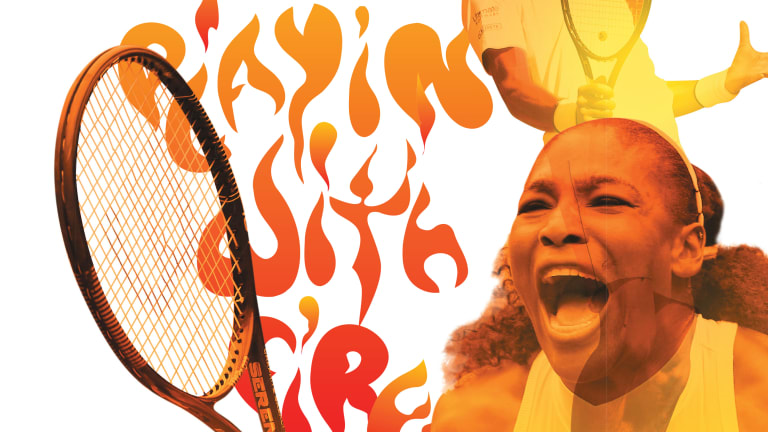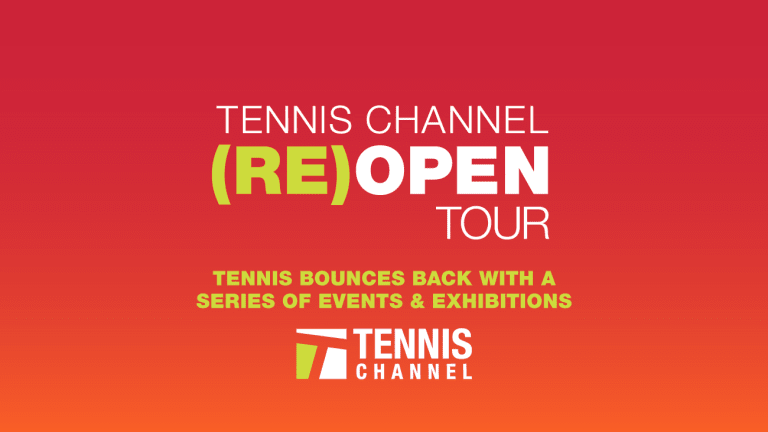Playing with Fire: The delicate role of emotion in pro and rec tennis
By Jul 02, 2020Australian Open
Roger Federer makes return to Happy Slam for Australian Open exhibition
By Jan 15, 2026Australian Open
Roger Federer to headline “Battle of the World No.1s” at Australian Open’s inaugural Opening Ceremony
By Dec 11, 2025Social
Reaction to Roger Federer's Hall of Fame induction: "You're the most important sportsman of all time"
By Nov 20, 2025Facts & Stats
Roger Federer is headed to the International Tennis Hall of Fame: 26 stats for his 2026 induction
By Nov 19, 2025International Tennis Hall Of Fame
Mary Carillo joins Roger Federer with election into International Tennis Hall of Fame
By Nov 19, 2025Stat of the Day
Jannik Sinner has now reached the final at all four Grand Slams and the ATP Finals this year
By Nov 15, 2025The Business of Tennis
Carlos Alcaraz, Jannik Sinner take their rivalry—and star power—on the road for 2026 “Super Match”
By Oct 24, 2025ATP Shanghai, China
Roger Federer thrills tennis world with Shanghai Masters Celebrity doubles return
By Oct 10, 2025Opinion
Roger Federer kicks off court speed debate: are fast courts going extinct?
By Oct 09, 2025Playing with Fire: The delicate role of emotion in pro and rec tennis
Some players win by keeping their emotions in...others by letting them out. What’s the right amount of emotion to show?
Published Jul 02, 2020
Advertising

Playing with Fire: The delicate role of emotion in pro and rec tennis
Advertising

Playing with Fire: The delicate role of emotion in pro and rec tennis
Advertising

Playing with Fire: The delicate role of emotion in pro and rec tennis